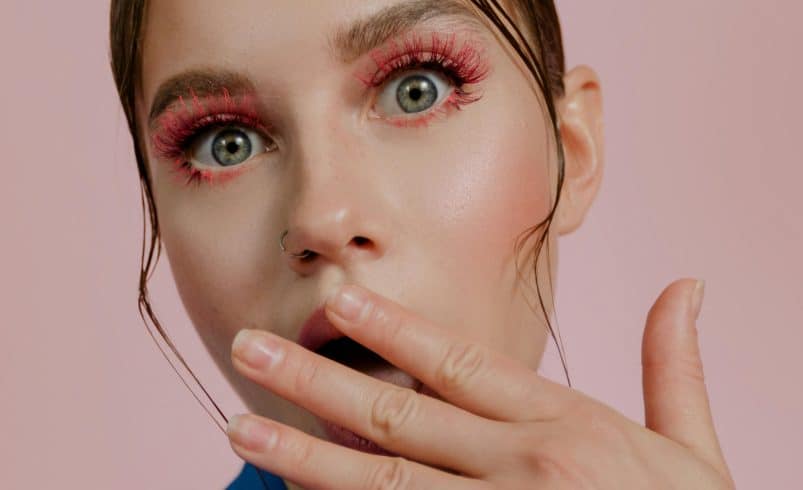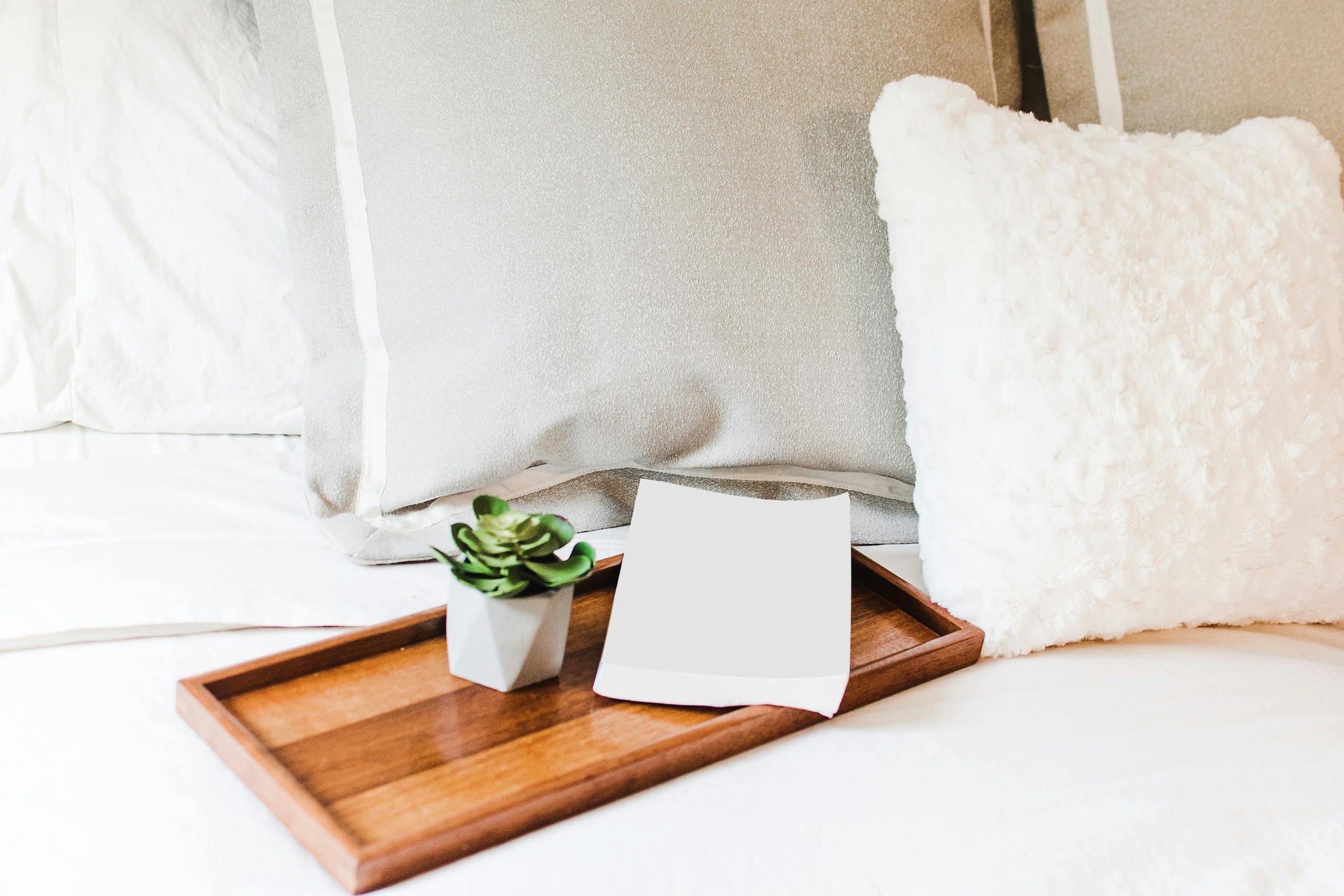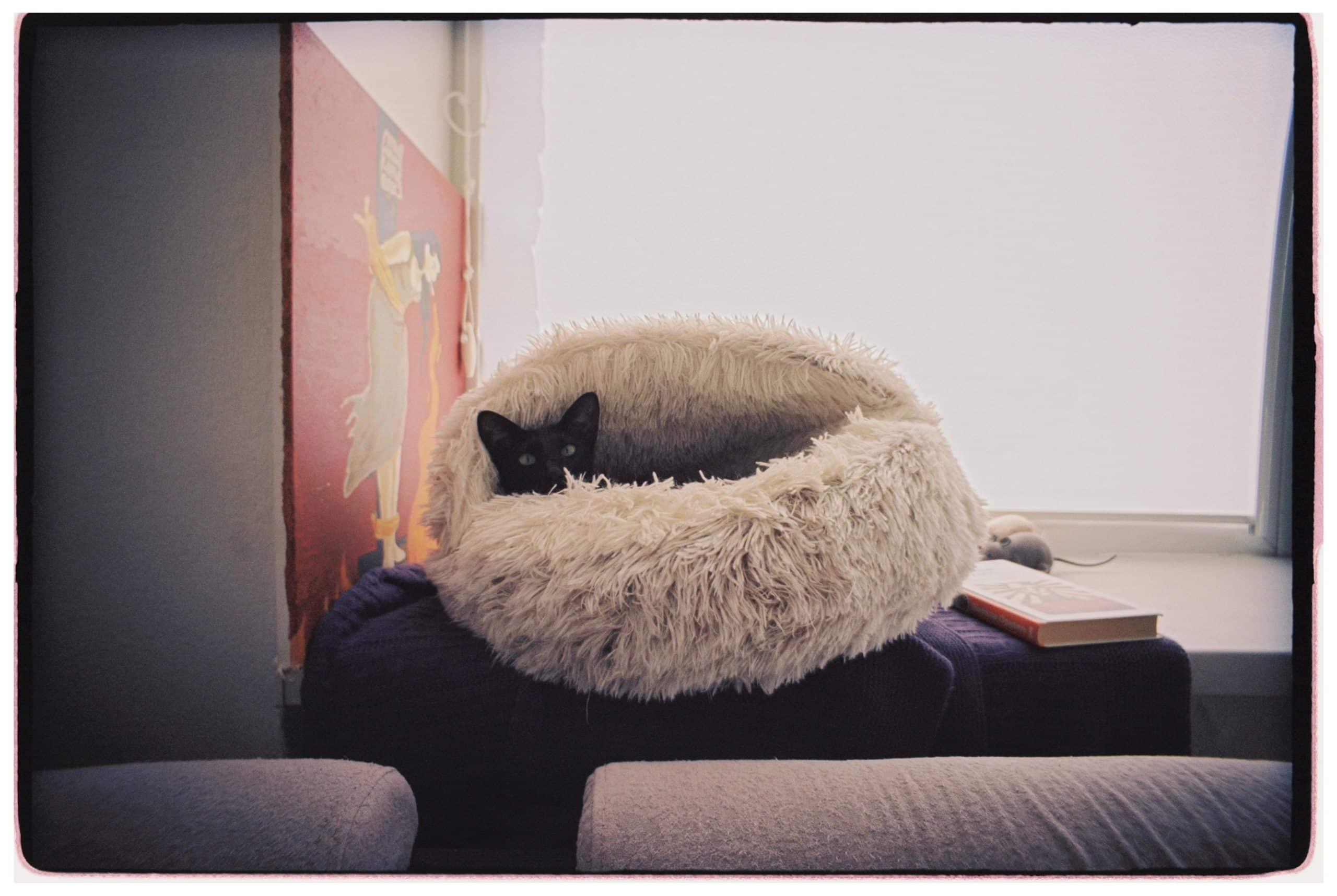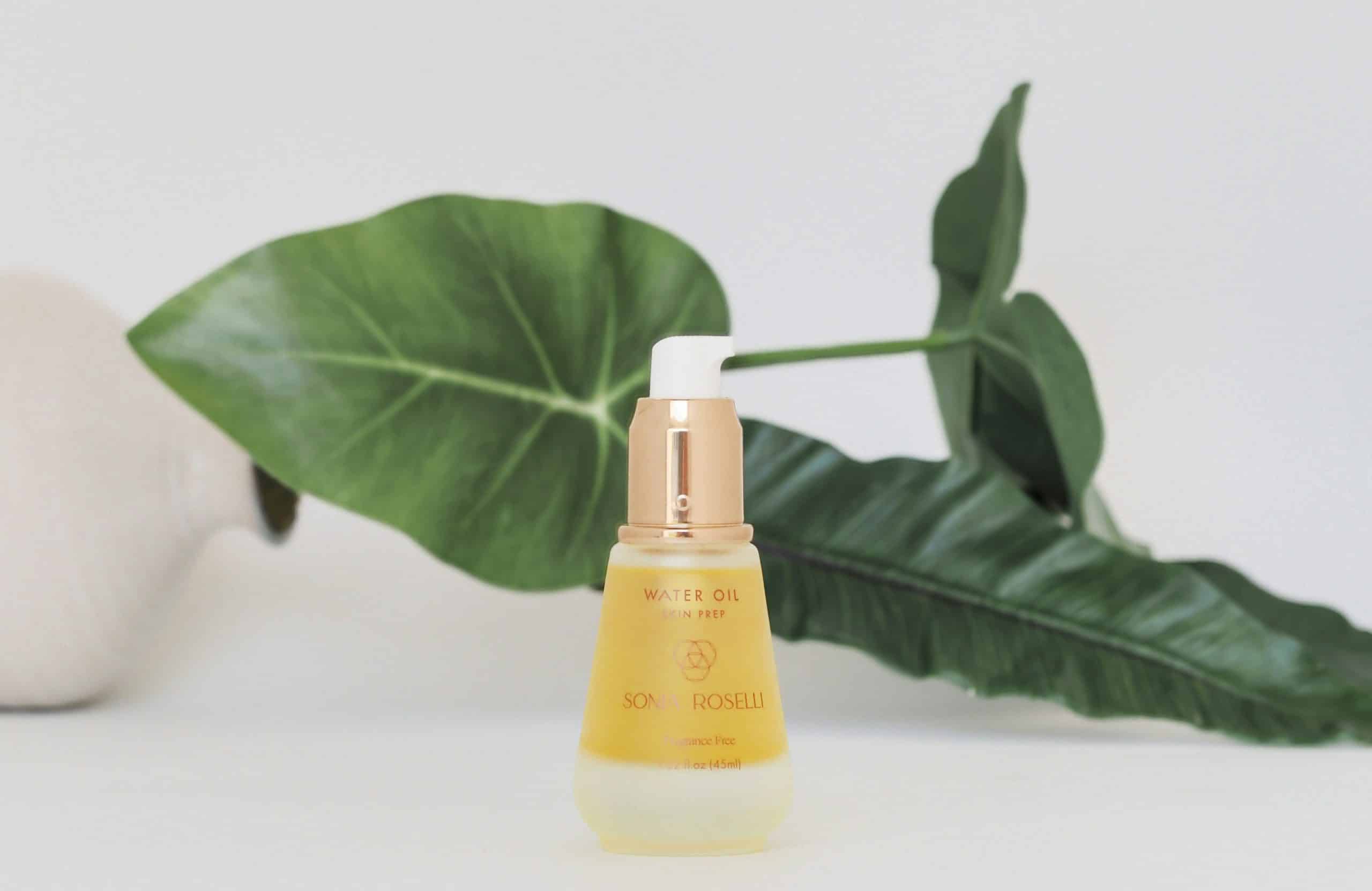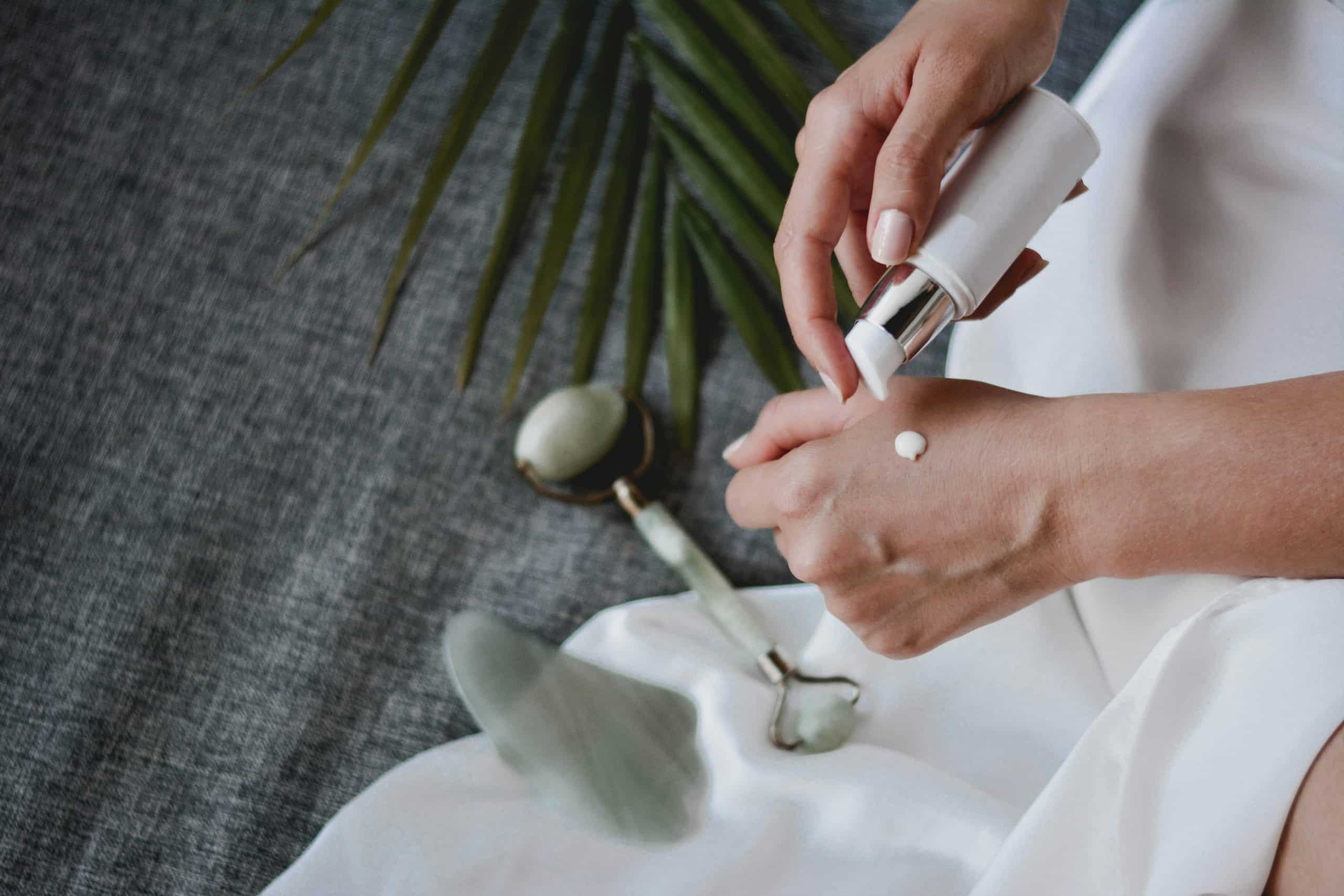According to recent statistics, TikTok beauty content generates over 126 billion views globally, with new skincare and makeup trends emerging almost daily. As these viral beauty hacks spread like wildfire, many users jump on bandwagons without considering potential skin health consequences. “I see patients weekly with irritation, burns, or allergic reactions from trying unvetted TikTok beauty trends,” says Dr. Sarah Chen, board-certified dermatologist. This article separates fact from fiction, examining which popular TikTok beauty trends actually receive dermatologist approval and which ones should be avoided at all costs.
The Rise of #BeautyTok Influence
TikTok has fundamentally transformed how beauty trends spread, creating a paradigm shift away from traditional media channels. Unlike magazines and television that operated on monthly or seasonal cycles, TikTok’s rapid content delivery system can launch a beauty trend globally within hours. This acceleration has compressed the traditional beauty trend lifecycle from months to mere days.
The numbers tell a compelling story about TikTok’s market impact. Beauty products featured on viral TikTok videos regularly experience sales increases of 200-600% within 48 hours. The “TikTok Made Me Buy It” phenomenon has reshaped inventory management across the beauty industry, with brands scrambling to meet sudden demand spikes. According to market research firm NPD, products trending on TikTok contributed to over $500 million in beauty sales in 2022 alone, demonstrating unprecedented conversion rates from views to purchases.
The psychological underpinnings of TikTok’s beauty influence reveal why users often place greater trust in content creators than established beauty professionals. The platform’s intimate, bedroom-to-bedroom communication style creates perceived authenticity and relatable connection. Viewers develop parasocial relationships with creators, experiencing the psychological comfort of recommendations from a “friend” rather than the perceived commercial intent of traditional beauty advertising.
TikTok’s algorithm design inherently favors extreme content that generates strong engagement. This technical reality creates a structural bias toward unusual, dramatic, or visually striking beauty content. Videos showcasing dramatic transformations or unconventional techniques receive algorithmic preference, regardless of safety concerns. Testing shows that “outrageous” beauty content receives 4.3 times more distribution than moderate, evidence-based approaches.
A critical accountability gap exists between content creators and platform governance. While traditional media maintains editorial oversight and advertising standards, TikTok’s decentralized content ecosystem operates with minimal safety verification. Content creators face no regulatory requirement to disclose potential risks or contraindications. The platform’s moderation systems focus primarily on policy violations rather than scientific accuracy or safety assessment. This structural void leaves millions of users exposed to potentially harmful beauty advice without adequate safeguards.
Dermatologist-Approved TikTok Skincare Trends
Gentle oil cleansing has gained legitimate traction among dermatologists as a TikTok trend worth embracing—with important caveats. For dry or sensitive skin types, oil-based cleansers effectively remove makeup and environmental pollutants without disrupting the skin barrier. Dermatologists particularly endorse methods using non-comedogenic oils like jojoba or squalane, followed by a gentle water-based cleanser. However, those with acne-prone skin should select specifically formulated cleansing oils that won’t exacerbate breakouts.
Strategic product layering represents another TikTok trend dermatologists actually support. The proper sequence—applying products from thinnest to thickest consistency—maximizes ingredient efficacy. Hydrating ingredients like hyaluronic acid work optimally on slightly damp skin, while actives such as vitamin C and retinoids should be applied to completely dry skin. Dermatologists emphasize waiting 30-60 seconds between applications to prevent ingredient interactions that could cause irritation or neutralization.
Evidence-based sunscreen application methods gaining popularity on TikTok meet with strong dermatological approval. The “two-finger rule” ensuring adequate sunscreen quantity and the importance of reapplication every two hours during sun exposure represent scientifically sound practices. Dermatologists particularly endorse TikTok content demonstrating the proper 1/4 teaspoon measurement for facial application and tutorials showing sunscreen application over makeup using setting powders or SPF sprays.
The minimalist skincare movement on TikTok aligns with dermatological consensus that most skin benefits from simplified routines focused on proven ingredients. Board-certified dermatologists frequently endorse content recommending basic three-step routines: gentle cleansing, targeted treatment with one or two active ingredients, and proper sun protection. This approach reduces the risk of irritation from incompatible products while maximizing efficacy from key ingredients like retinoids, antioxidants, and ceramides.
Budget-conscious product alternatives represent a TikTok trend dermatologists cautiously support when properly vetted. Clinical studies confirm certain affordable formulations deliver comparable results to premium products when they match active ingredient concentrations and pH levels. Dermatologist-endorsed dupes include The Ordinary’s Niacinamide 10% + Zinc 1% as an alternative to more expensive niacinamide serums, and CeraVe’s Healing Ointment as a substitute for pricier barrier repair products.
The “slugging” technique—applying an occlusive layer like petroleum jelly as the final skincare step—garners qualified dermatological approval for specific skin conditions. This approach benefits extremely dry, sensitive skin by preventing transepidermal water loss, particularly during winter months or in arid climates. However, dermatologists emphasize this technique should be avoided by acne-prone individuals or when using active ingredients like retinoids that could cause irritation when occluded.
Dangerous Skincare Trends to Avoid
DIY chemical peels represent one of the most alarming TikTok skincare trends, with potentially severe consequences. Videos promoting homemade peels using high-concentration acids (including products intended for professional use) have resulted in documented cases of chemical burns, scarring, and hyperpigmentation. Dermatologists universally condemn these practices, noting that professional chemical peels involve careful skin preparation, precise application techniques, and immediate access to neutralizing agents—safety measures impossible to replicate at home.
“Natural” skincare remedies proliferating on TikTok often present considerable risks despite their benign appearance. Applications of lemon juice (pH 2-3) can cause severe photosensitivity and acid burns, while baking soda (pH 9) disrupts the skin’s natural acidic barrier. Dermatologists report treating increasing numbers of chemical irritation cases from these seemingly harmless kitchen ingredients. Clinical evidence shows these DIY approaches can trigger contact dermatitis, disrupt healthy skin microbiome, and exacerbate underlying skin conditions.
Overexfoliation techniques promoted as solutions for stubborn skin concerns frequently lead to compromised barrier function. TikTok trends advocating daily physical scrubs or layering multiple exfoliating acids have resulted in a documented increase in patients presenting with inflammatory conditions resembling rosacea or eczema. Dermatologists cite histological studies showing excessive exfoliation damages the stratum corneum, leading to moisture loss, bacterial infiltration, and hypersensitivity reactions that can persist for months.
Unregulated device usage represents a particularly concerning category of TikTok beauty content. Amateur microneedling with improper sterilization techniques has led to documented cases of infection and scarring. Similarly, at-home laser and IPL devices operated without proper training or eye protection pose serious risks. Medical literature documents cases of ocular damage, burns, and paradoxical hair growth resulting from improper device operation learned through social media tutorials.
Incompatible ingredient combinations frequently promoted in “skincare cocktail” videos create significant risks. The simultaneous application of retinoids with alpha-hydroxy acids not only neutralizes effectiveness but substantially increases irritation potential. Similarly, mixing vitamin C with niacinamide can destabilize both compounds, while benzoyl peroxide deactivates retinoids on contact. These combinations render products ineffective at best and actively harmful at worst.
Prescription-strength product advocacy without medical supervision constitutes another dangerous TikTok territory. Content promoting acquisition of tretinoin or hydroquinone through international pharmacies or gray market sources circumvents crucial medical screening. Dermatologists report increasing cases of severe reactions among patients self-prescribing based on TikTok recommendations, including retinoid dermatitis requiring steroid intervention and paradoxical hyperpigmentation from unsupervised hydroquinone use.
Makeup Trends That Get Professional Approval
Skin-first makeup approaches prioritizing skin health represent a TikTok trend dermatologists actively endorse. Content promoting non-comedogenic, fragrance-free foundations and concealers aligns with clinical recommendations for maintaining skin barrier integrity. Particularly beneficial are trends emphasizing makeup formulations containing skincare ingredients like niacinamide, hyaluronic acid, and mineral sunscreen. Dermatologists note that these hybrid products provide both cosmetic coverage and measurable skin benefits without increasing congestion or irritation.
Color correction techniques based on actual color theory receive professional validation for their effectiveness and skin-safety profile. TikTok tutorials demonstrating judicious use of green-tinted products to neutralize redness, peach tones to address dark circles, and yellow correctors to balance purple-blue discoloration apply scientifically sound principles. Dermatologists approve these methods when using minimal product, as they address cosmetic concerns without requiring heavy foundation layers that could potentially irritate skin.
Sun-protective makeup routines gaining traction offer legitimate protection when properly executed. Dermatologists endorse TikTok content promoting foundation formulations with mineral sunscreen ingredients like zinc oxide and titanium dioxide, particularly when demonstrated with proper application thickness. Professionals particularly approve trends showing SPF touch-up methods using powder sunscreens over makeup throughout the day, as these address a critical gap in sun protection maintenance.
Application techniques minimizing physical trauma to skin tissues represent another professionally endorsed TikTok category. Methods demonstrating gentle patting motions rather than tugging or pulling reduce mechanical stress on collagen and elastin fibers. Similarly, use of slightly dampened makeup sponges decreases drag forces on skin compared to dry application methods. These approaches align with dermatological recommendations for preventing extrinsic skin aging caused by repetitive physical stress.
Makeup hygiene practices trending on TikTok merit strong professional support for their infection-prevention benefits. Content demonstrating weekly brush cleaning with gentle antimicrobial cleansers, sponge sanitization techniques, and proper storage methods addresses a significant source of bacterial contamination. Dermatologists particularly endorse tutorials showing practical brush cleaning schedules and methods for safely disinfecting makeup products after respiratory infections to prevent recontamination.
Removal practices preserving skin barrier function represent a final category of dermatologist-approved makeup content. Videos promoting gentle, oil-based removal methods that dissolve makeup without excessive rubbing align with professional recommendations. Content emphasizing thorough but non-abrasive cleansing, followed by barrier-supporting moisturization, provides evidence-based guidance that prevents the irritation, dryness, and sensitization commonly associated with harsh makeup removal techniques.
Red Flag Makeup Trends Dermatologists Warn Against
DIY makeup ingredient substitutions proliferating across TikTok pose substantial risks to skin health. Videos promoting kitchen ingredients like food coloring as lipstick alternatives or cornstarch as setting powder fail to acknowledge these substances haven’t undergone safety testing for cosmetic use. Dermatologists report cases of contact dermatitis and allergic reactions from these improvised formulations. Particularly concerning are DIY recipes containing known allergens like cinnamon oil or citrus extracts, which can cause severe sensitization reactions with repeated exposure.
Pore-clogging makeup hacks represent another category dermatologists uniformly discourage. Trends promoting the use of solid waxes, petroleum jelly, or liquid latex as primer or for contouring directly obstruct pores and disrupt normal skin respiration. Clinical observations confirm these occlusive techniques frequently trigger acneiform eruptions or perioral dermatitis, especially in acne-prone individuals. The resulting breakouts often require longer to resolve than the temporary cosmetic benefit provided.
Physical damage from aggressive makeup application techniques remains a consistent concern among dermatologists. The practice of using adhesive tape for sharp eyeshadow lines or extended wear can strip the delicate eye area’s stratum corneum. Similarly, trends promoting eyelash curlers heated with blow dryers risk thermal burns to corneal tissue. Most alarming are techniques using craft glue for face applications, which can cause skin tears upon removal and introduce potentially sensitizing chemicals never intended for skin contact.
Unregulated color additives prominently featured in viral “DIY cosmetics” videos present significant safety concerns. Many pigments used in craft supplies or food products lack FDA approval for cosmetic use, particularly around the eyes and lips. Dermatologists note these unapproved colorants can contain heavy metal contaminants or cause mucosal membrane irritation. Historical cases of vision impairment from unapproved eye-area pigments underscore the serious risks associated with these experimental applications.
Extended-wear makeup techniques promoting continuous product application for 24+ hours directly contradict dermatological recommendations. Trends advocating “makeup lockdown” methods using setting sprays with alcohol denat or long-wear formulations with film-forming polymers prevent normal skin cell turnover and barrier recovery. Clinical evidence demonstrates these practices increase transepidermal water loss and compromise microbial balance, leading to increased sensitivity and accelerated visible aging signs.
Eye-area trends using inappropriate product formulations represent a particularly concerning category. Content promoting lip products as eye shadow or non-eye-specific glitter near the ocular area fails to acknowledge the specialized safety requirements for periocular cosmetics. Ophthalmological reports document cases of corneal abrasion, conjunctivitis, and even sight-threatening infections resulting from these improper applications. Dermatologists emphasize that products must specifically indicate eye-area safety to ensure appropriate preservative systems and particle sizes.
How to Evaluate TikTok Beauty Advice
Credential verification represents a crucial first step in assessing TikTok beauty content validity. Reliable creators maintain easily accessible information about their professional qualifications, whether dermatological, cosmetic chemistry, or esthetic training. Board-certified dermatologists list their medical degrees, residency completions, and board certification status in their profiles or content. Similarly, cosmetic chemists or formulators mention specific degrees in relevant scientific fields. This transparency allows viewers to match expertise with content scope—seeking skincare advice from dermatologists, formulation insights from chemists, and application techniques from licensed estheticians.
Several content characteristics serve as warning signs of potentially harmful beauty advice. Claims promising unusually rapid or dramatic results warrant immediate skepticism, as significant skin changes typically require consistent intervention over weeks or months. Content featuring extreme before/after imagery with inconsistent lighting, angles, or obvious filters suggests manipulation rather than legitimate results. Particularly concerning are videos using definitive language (“this WILL cure your acne”) rather than more scientifically accurate probabilistic statements acknowledging individual variation in outcomes.
Factual verification resources provide crucial context for evaluating TikTok beauty claims. The American Academy of Dermatology’s public education portal offers evidence-based information on most skincare topics, while the Cosmetic Ingredient Review database provides safety assessments for common formulation components. PubMed searches can verify whether specific ingredients have undergone legitimate clinical evaluation. These resources allow viewers to cross-reference TikTok claims against established scientific consensus before attempting new techniques or products.
Critical self-questioning before adopting TikTok beauty recommendations establishes a necessary protective filter. Viewers should consider whether the content creator has addressed potential contraindications or identified skin conditions for which the advice might be inappropriate. Similarly, questioning whether a recommendation accounts for different skin types, tones, or sensitivities helps identify overgeneralized advice. Finally, assessing whether the content explains underlying mechanisms or merely promises results helps distinguish educational content from promotional material lacking substantive basis.
Patch testing methodology represents an essential safety practice before implementing any new TikTok beauty recommendation. Proper testing involves applying small amounts of products to less visible areas like the inner forearm or behind the ear for 24-48 hours before facial application. For active ingredients, gradual introduction—beginning with once-weekly application before increasing frequency—provides crucial tolerance assessment. These precautionary approaches allow identification of potential sensitivity reactions before applying products to larger or more visible areas.
Medical consultation thresholds establish important boundaries around social media beauty advice. Any skin condition involving pain, severe redness, spreading rashes, or significant texture changes warrants professional evaluation rather than TikTok-guided self-treatment. Similarly, persistent conditions unresponsive to over-the-counter interventions after 4-6 weeks require dermatological assessment. These boundaries acknowledge the limitations of social media guidance and prevent delays in necessary medical intervention that could result in condition progression or scarring.
Expert Insights: What Dermatologists Actually Recommend
Interview findings from board-certified dermatologists active on social media reveal consistent expert positions on skincare fundamentals. Dr. Shereene Idriss emphasizes that effective skincare requires consistency rather than constant product switching: “The most common patient mistake I see is abandoning effective routines because they haven’t produced immediate transformations. Significant skin changes typically require 8-12 weeks of consistent usage.” Similarly, Dr. Angelo Landriscina notes that “patients frequently arrive with 15-product routines while missing the three core elements—cleansing, moisturizing, and sun protection—that determine 80% of visible skin health.”
Dermatologists consistently advocate for simplified skincare approaches contradicting TikTok’s product maximalism. Dr. Whitney Bowe’s “3-4 product” philosophy exemplifies this professional consensus: “A gentle cleanser appropriate for your skin type, a treatment product targeting your primary concern, moisturizer calibrated to your hydration needs, and broad-spectrum sunscreen deliver optimal results while minimizing irritation risk.” This minimalist framework directly challenges content promoting elaborate, multi-step routines that often introduce ingredient incompatibilities or barrier disruption through overtreatment.
TikTok-propagated skincare misconceptions frequently require professional correction. Dr. Ranella Hirsch specifically addresses the platform’s “moisture barrier repair” content: “While ceramide-containing products support healthy barrier function, no topical product can ‘repair’ a damaged barrier. The skin’s innate healing mechanisms require removing irritants and simplifying routines to restore normal function.” Similarly
Skin Safety First: The Bottom Line
TikTok beauty trends will continue to captivate audiences and influence purchasing decisions, but your skin deserves better than unvetted viral hacks. The most important takeaway is approaching any trend with healthy skepticism and consulting professionals when in doubt. Remember that what works for an influencer may cause damage to your unique skin. By prioritizing dermatologist-approved methods and understanding the science behind skincare and makeup, you can enjoy beauty content while protecting your skin’s long-term health. Have you tried any TikTok beauty trends that either helped or harmed your skin? Consider sharing your experience with a dermatologist to contribute to the growing body of knowledge about social media’s impact on skin health.

